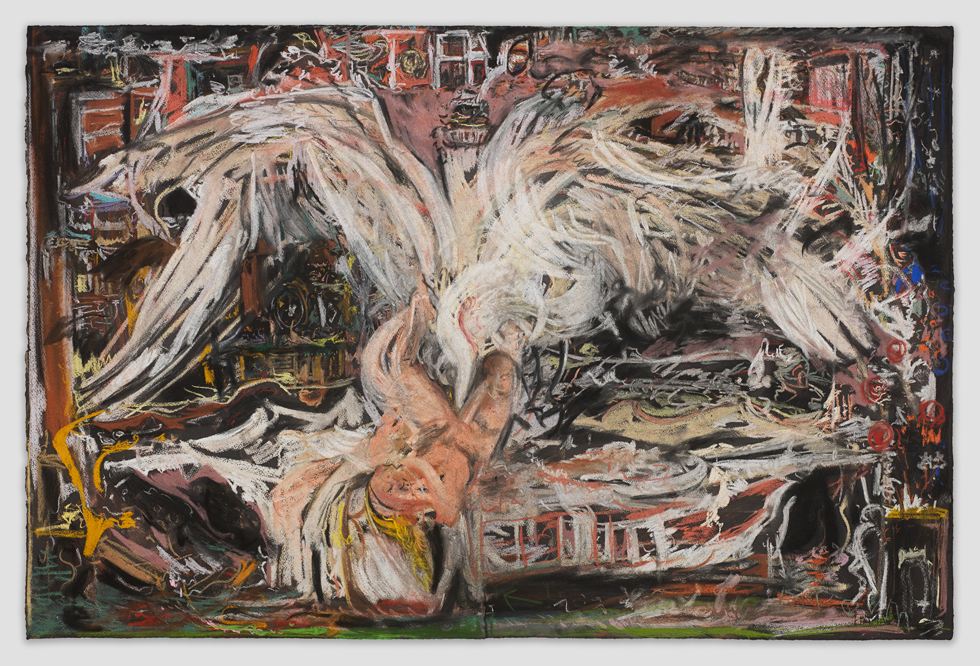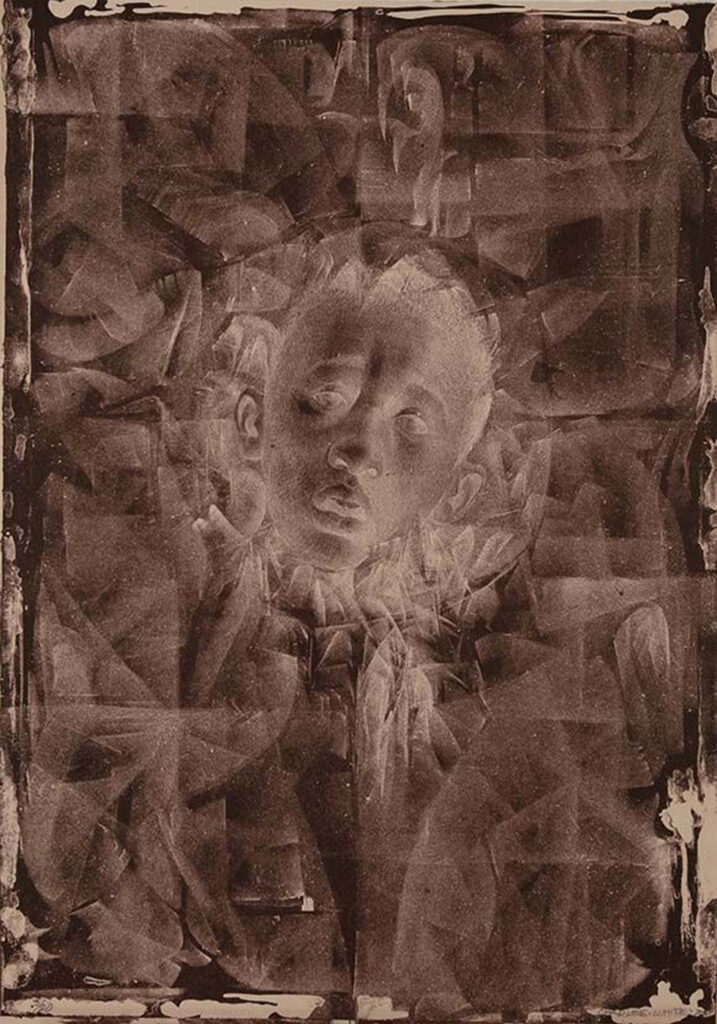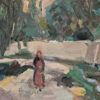Drawing as Practice
September 14, 2023 – December 15, 2023
The National Academy of Design
519 W 26th St, 2nd Floor
New York, NY
The National Academy of Design is pleased to present Drawing as Practice, a group exhibition centering on drawing as both the medium and practice connecting the many divergent points of interests that have contributed to the founding and history of the National Academy. The exhibition marks the first activation of the National Academy’s new home and exhibition space in Chelsea, welcoming viewers to experience the next chapter for the organization.

Lady and the swan, 2021-23
Pastel on paper 32 x 48 in. © Cecily Brown.
Courtesy PaulaCooper Gallery, New York
Placing an emphasis on technique, representation, and abstraction, Drawing as Practice illustrates how drawing is a through-line in the National Academy’s history, connecting historical works from the Academy’s collection with the vastly diverse contemporary practices of the community of living National Academicians alongside works by artists and architects from outside of the Academy. Drawing as Practice will be on view from September 14 to December 16, 2023 at 519 West 26th Street, 2nd Floor, New York, NY. A public opening reception will be hosted Thursday, September 14 from 6:00-8:00 pm and gallery hours are Tuesday through Saturday, noon – 6 p.m.
Pulling in part from the National Academy of Design’s significant collection of more than 8,000 works of American art and architecture, Drawing as Practice spans nearly two hundred years of drawing, anchored by early examples of life studies from classes held in the first decades of the Academy’s activities.
The Academicians incorporate myriad artistic and architectural approaches that are both reflective of aesthetic and technological developments throughout American art history and indicative of the role of drawing since the organization was founded in 1825. Themes and aesthetic tendencies in the exhibition range from academic drawings that were the result of instructional sessions—which in the 19th and early 20th century centered on the figure and portraits—to landscape and scenes in nature, non-traditional drawing practices, structures and architecture, abstraction, motion studies, and social commentary.

Head of a Boy, 1970,
Lithograph in brown ink on paper
Sheet size: 22 1/2 × 16 1/8 in.
Courtesy the National Academy of Design
Examples like Moseley Isaac Danforth’s Two studies of hands (n.d.) from the mid-19th century, and Paul Cadmus’ Fleets In! (1934) show figuration in an academic setting and its role in social commentary, respectively. Abstraction became more prevalent in the National Academy’s program and collection in the latter part of the 20th century, with representative works by Sonia Gechtoff, The Furies (2000), and a more recent donation from Judy Pfaff, Del Lumi e Obra (1992).
Many of the pieces in the exhibition entered the National Academy’s permanent collection as donated diploma works, an ongoing tradition that dates back to the 19th century, which invites members of the Academy to contribute an exemplary work of art or architecture to its collection—now representing one of the most significant collections of American art in the United States. Architectural works drawn from the collection include drawings and studies of institutional buildings like Prentiss Taylor’s Self-Reflection at the Museum of Modern Art (1971), Charles Gwathmey’s Guggenheim Facade Study (1982), and Cesar Pelli’s Exhibition Gallery at the Pacific Design Center, Los Angeles (1986).
Integral to the National Academy’s founding was the function of Annual Exhibitions in recognizing the achievements of artists and architects, both within and beyond the Academy. Though Drawing as Practice is not an annual exhibition per se, it is similarly intended to draw connections between developments in drawing from within the community of National Academicians and beyond to the broader fields of art and architecture. Accordingly, Drawing as Practice includes work by numerous practitioners from outside the Academy’s membership, whose practices stretch the well-worn definitions of drawing and its inherent qualities.

Psychopathic Ward, n.d. Lithograph
Sheet size: 17 1/2 × 23 in.
Courtesy the National Academy of Design
For example, Nora Maité Nieves’ densely colorful drawings, using frottage methods, often integrate tile, jewelry, and other materials to sculptural effect. Katy Schimert’s abstract drawings are blurred through watercolor techniques and serve as a model or counterpart to her abstractly corporeal sculptures. Working with newsprint, Anne Deleporte’s Lightning series are made through a chance process, bearing the streaked and creased markings at the beginning of a newsprint press run.
Working with a broad definition of drawing, the curatorial process has involved considering works of art and architecture that are part of the National Academy’s collection and beyond, with the requirement that selected works involve drawing at a critical stage of the creative process, showcasing both works in progress and finished pieces. Acknowledging that many artists and architects use drawings that aren’t necessarily shared as the work, the exhibition is intended to raise questions about the constant role drawing plays in developing works across a variety of mediums, from public sculpture to performance, and everything in between.
Drawing as Practice is organized by Sara Reisman, Chief Curator and Director of National Academician Affairs, and Natalia Viera Salgado, Associate Curator, with research and scholarship by Diana Thompson, Director of Collections.
©2023 The National Academy of Design





